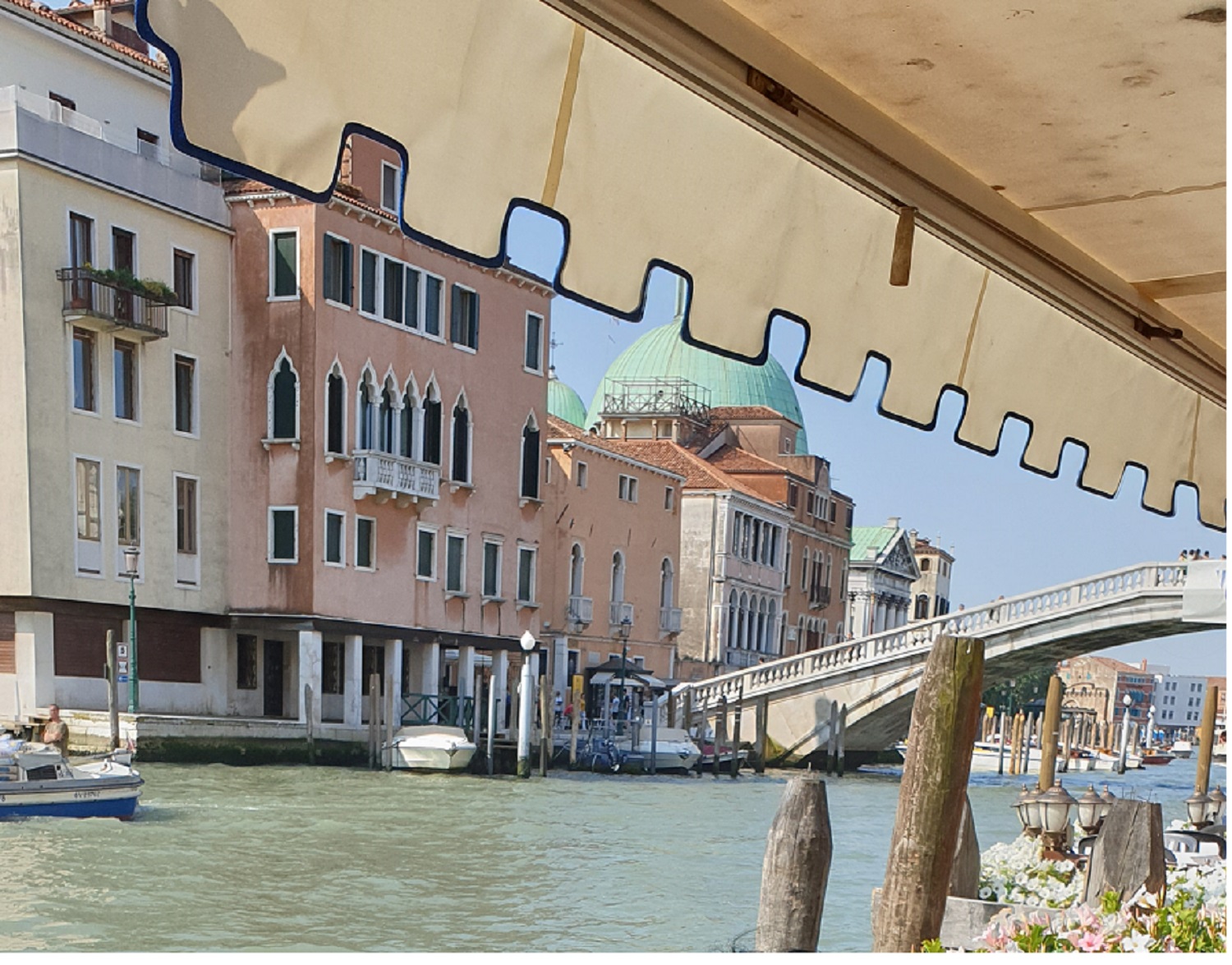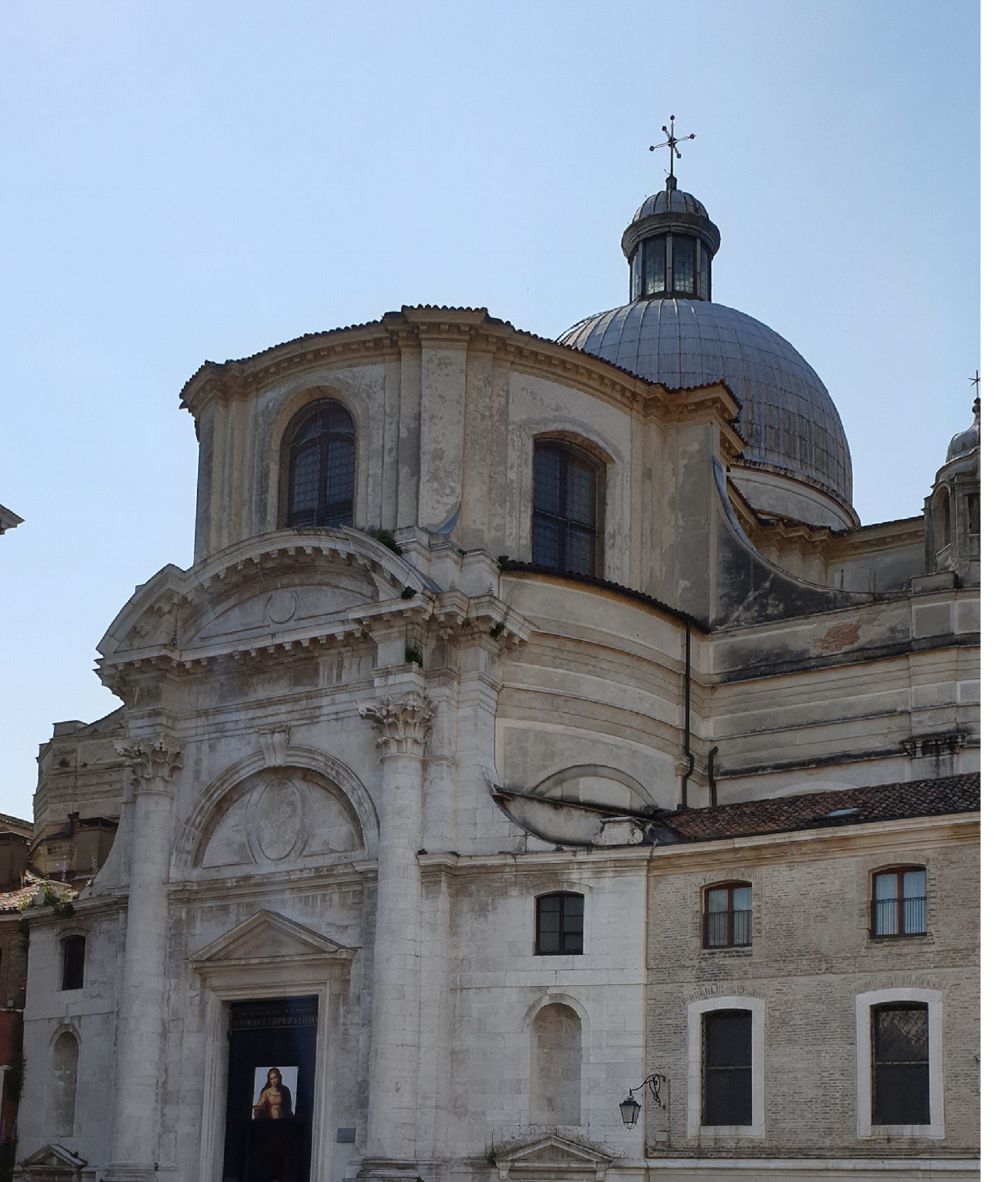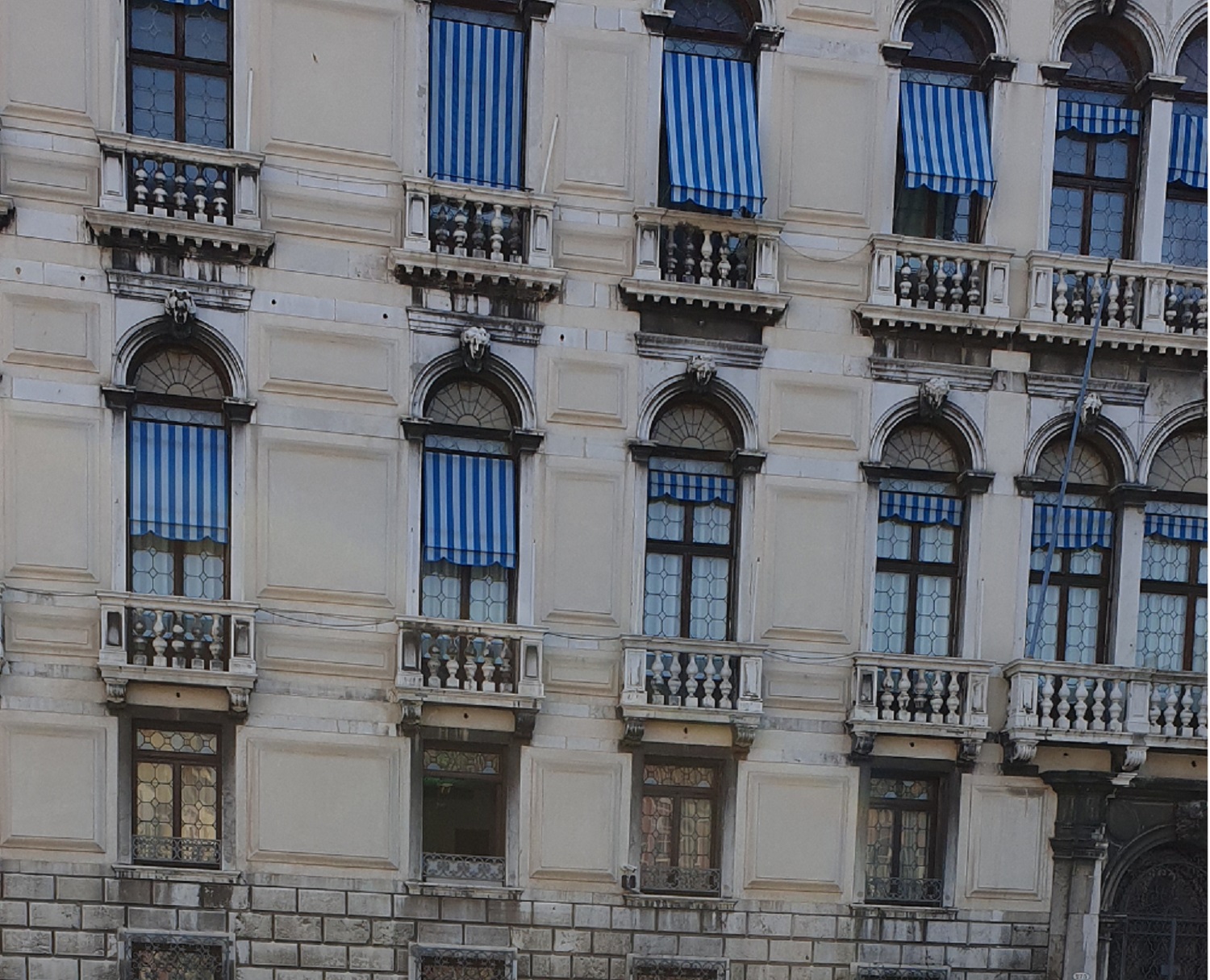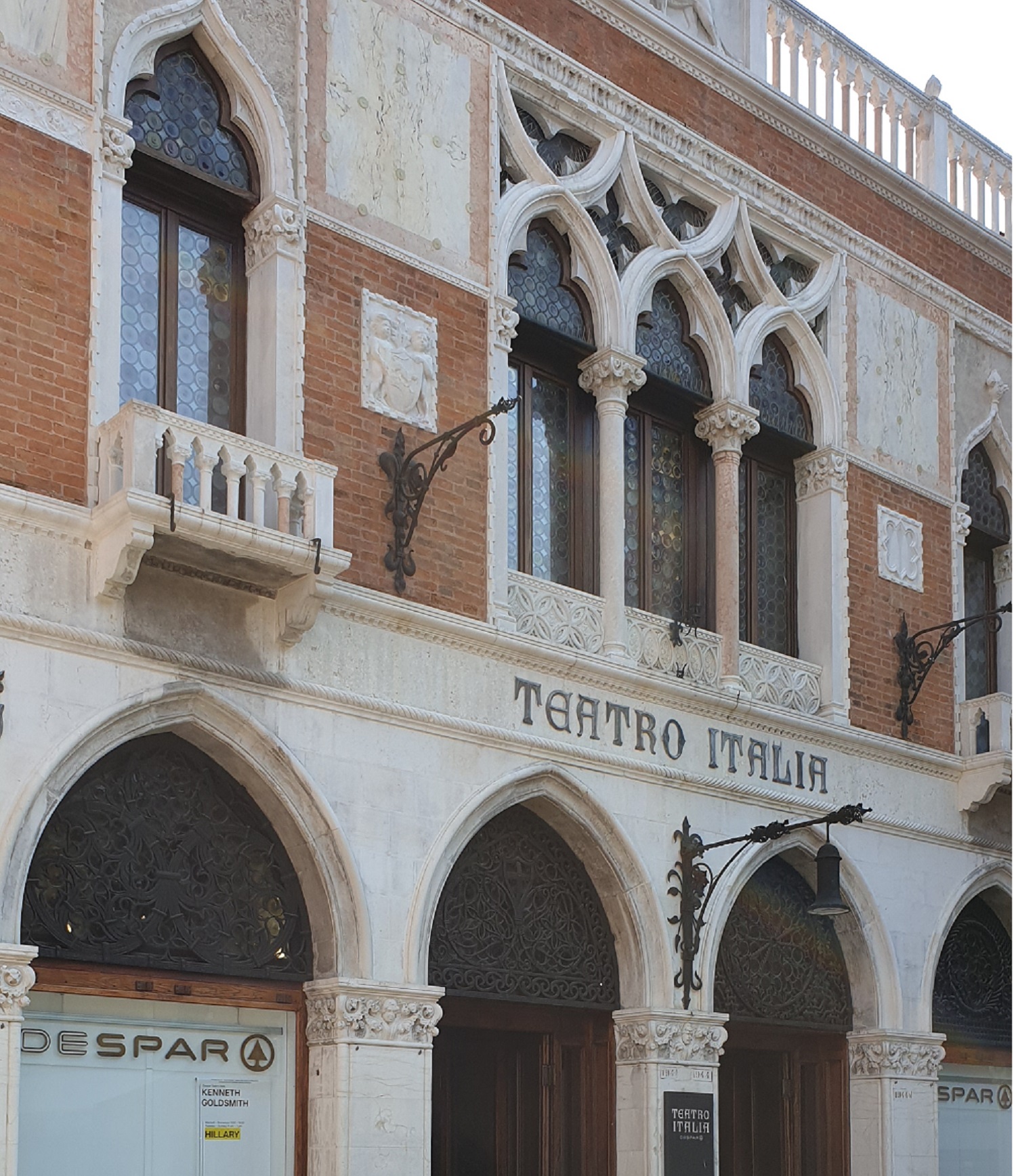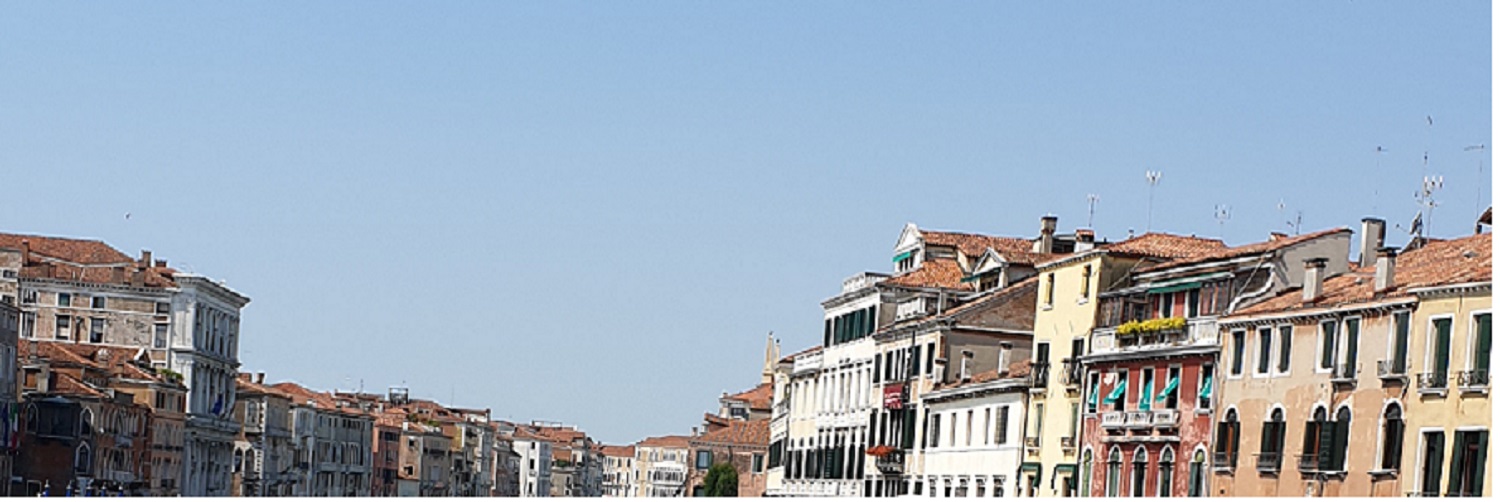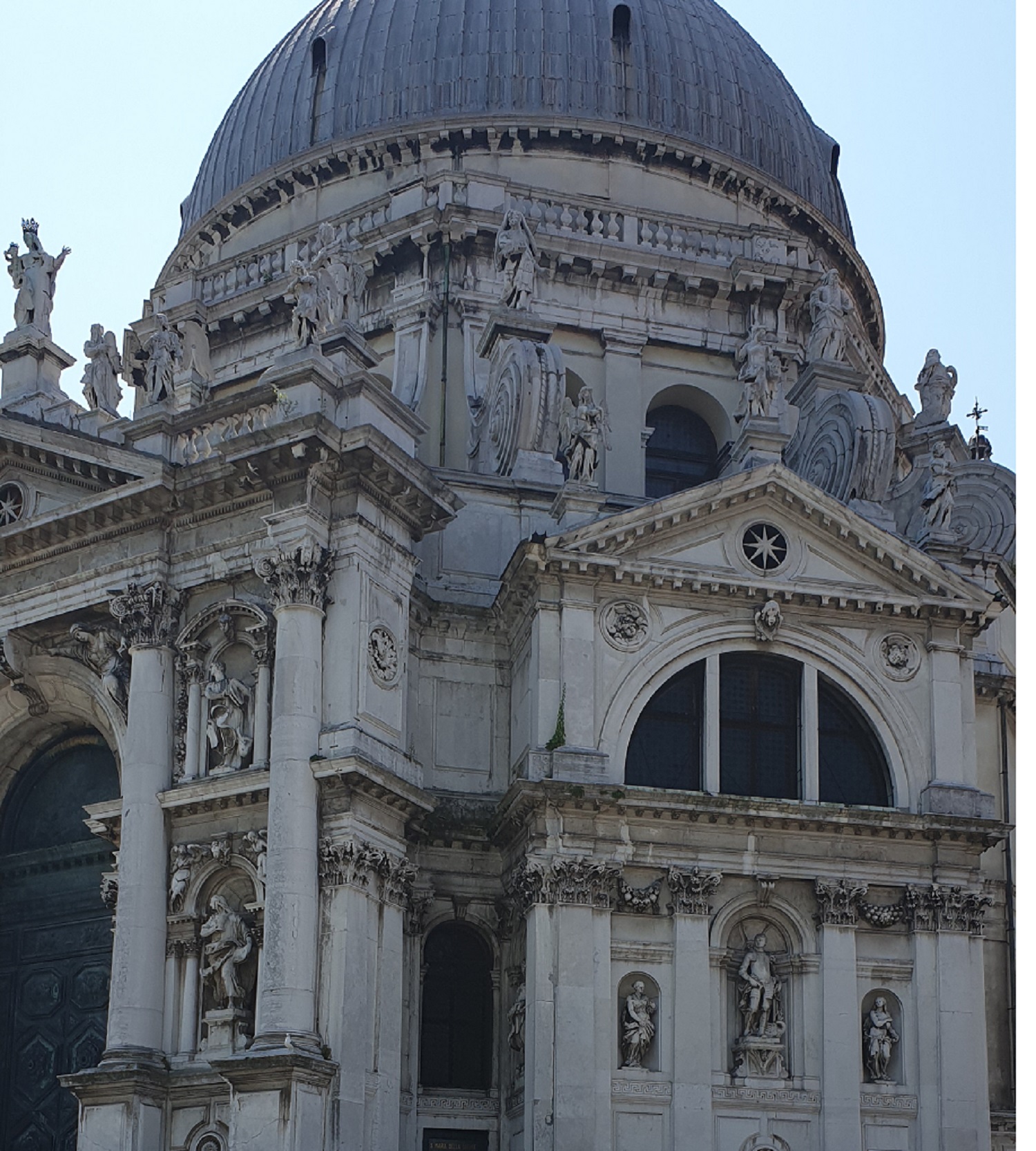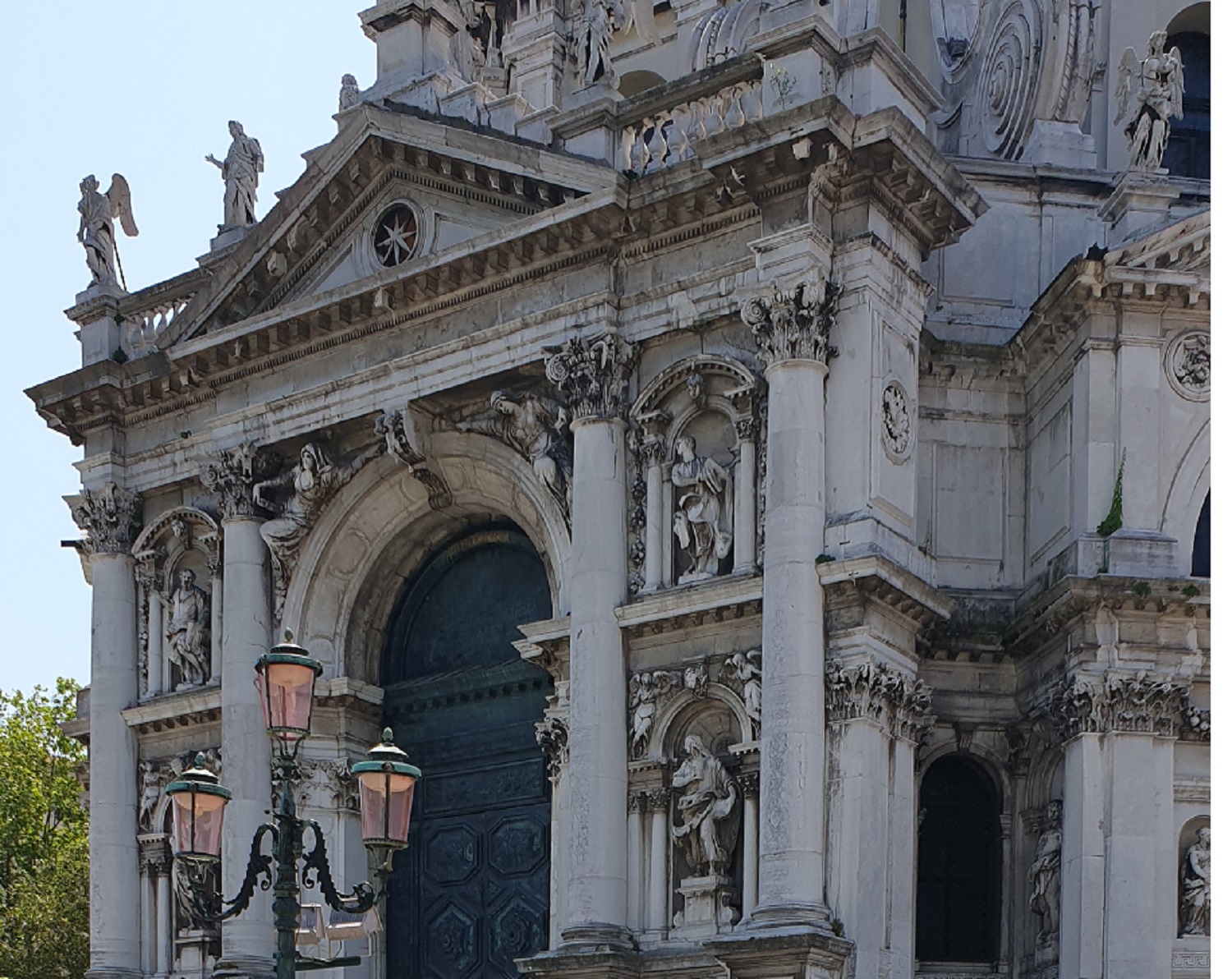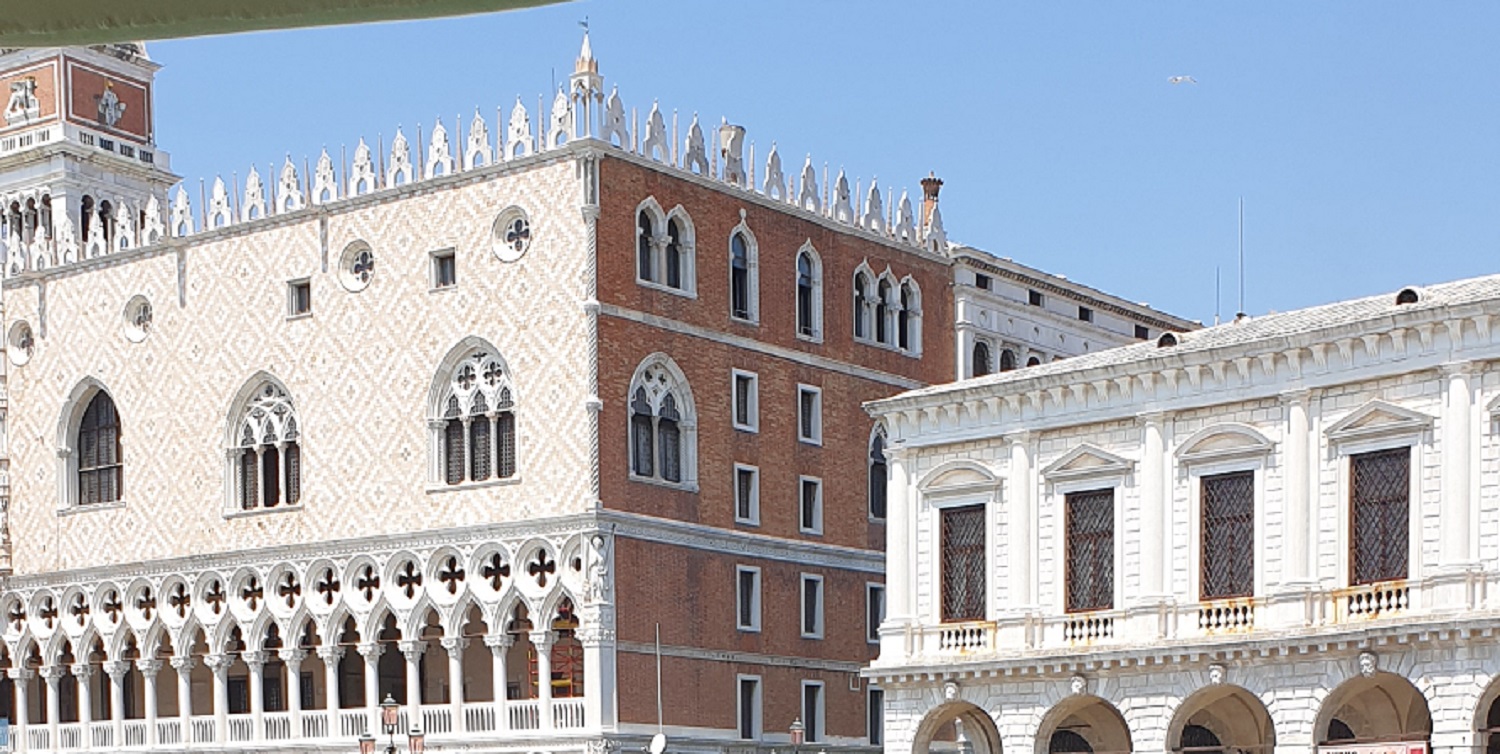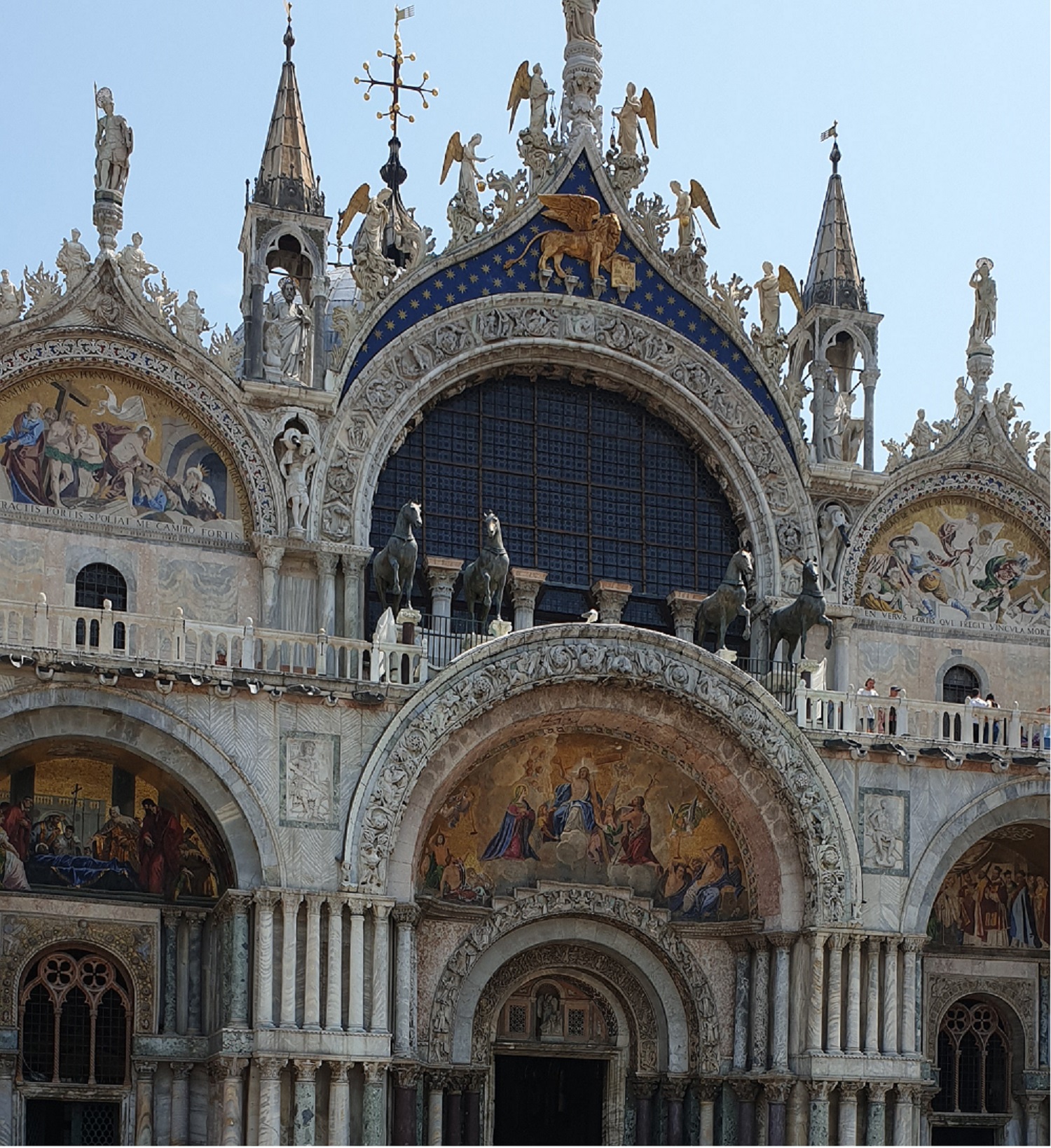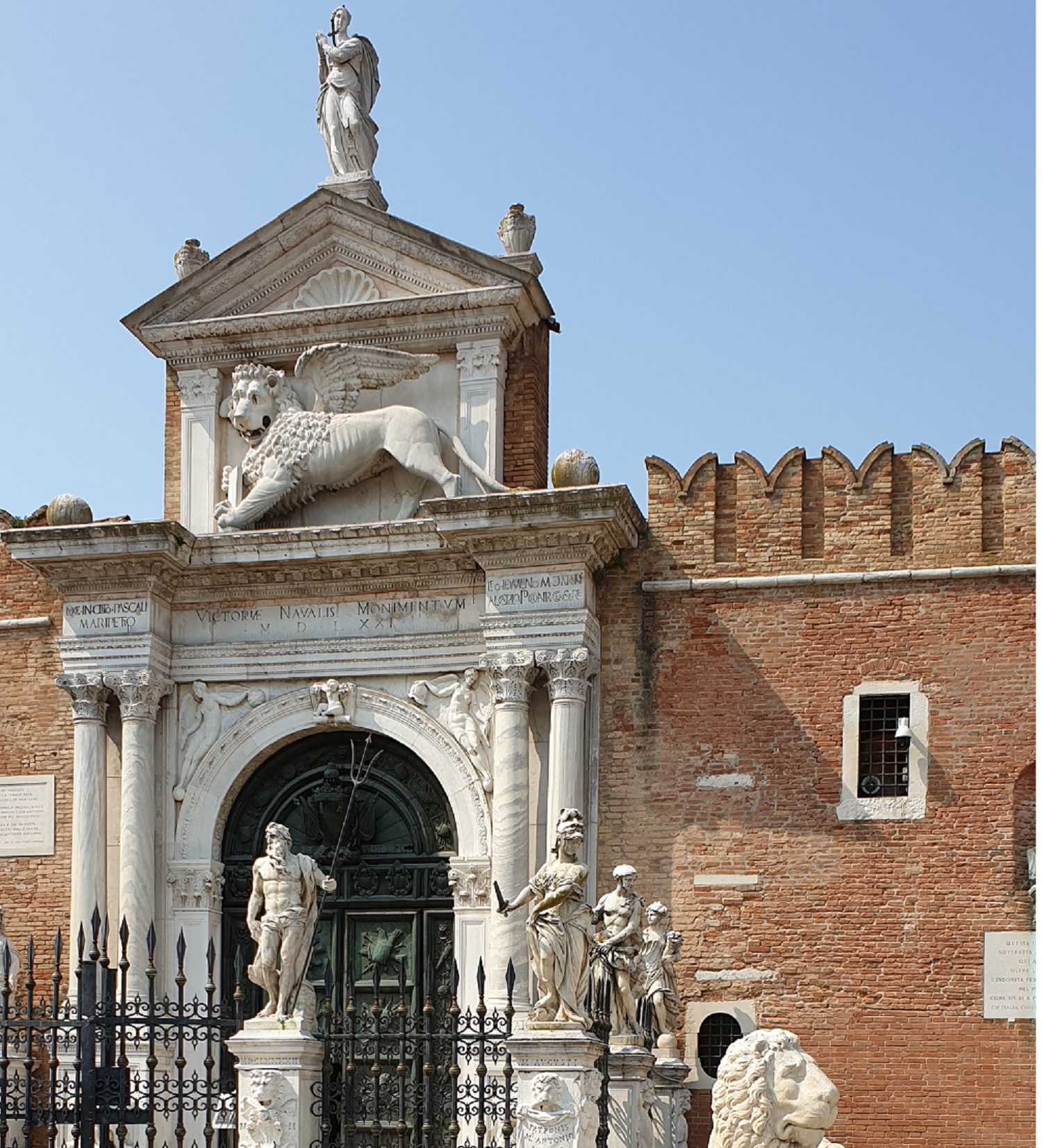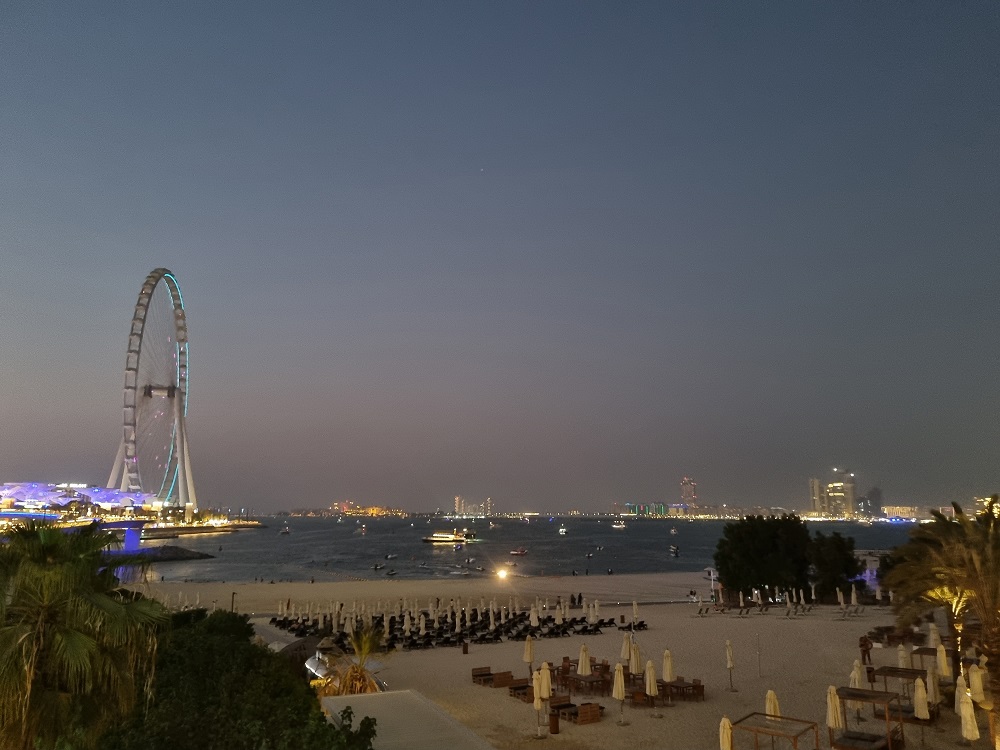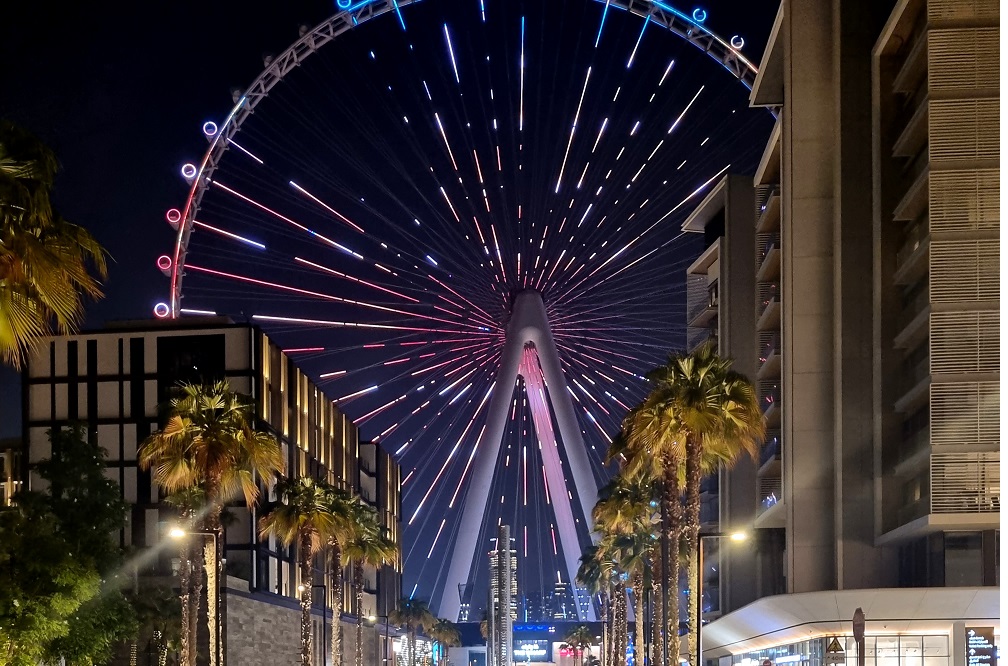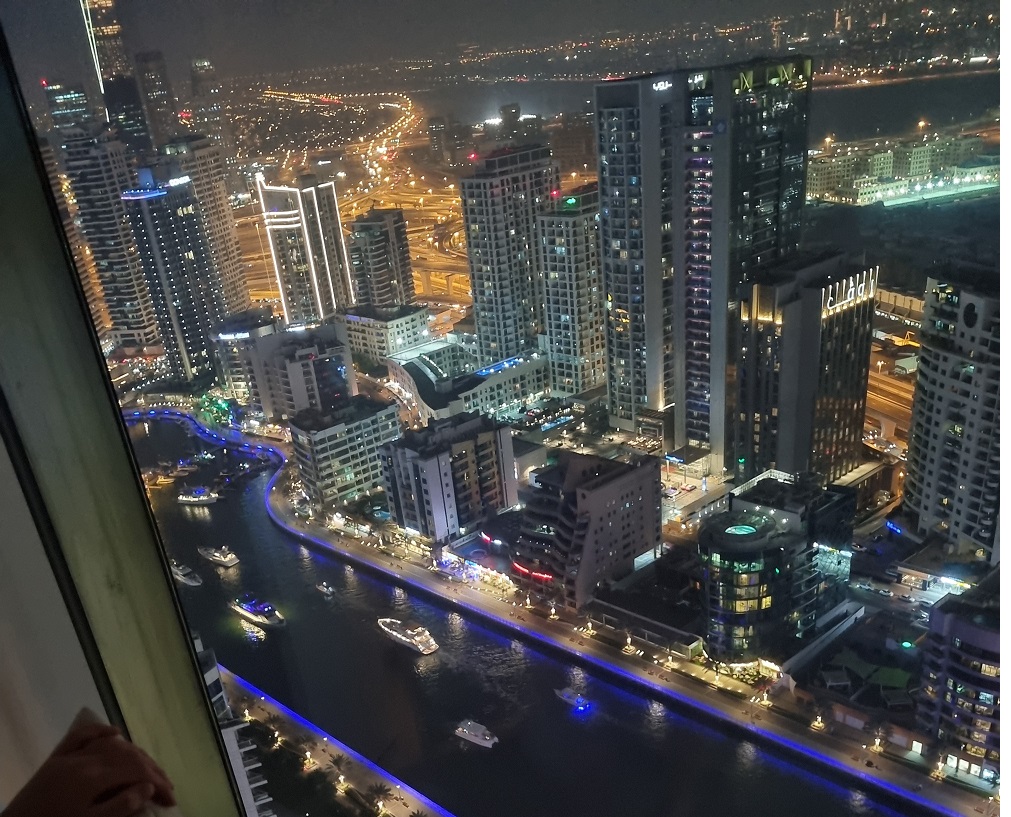Rome
The city of Rome is a majestic metropolis, the center of the ancient Roman Empire, which left an indelible mark on the history of all mankind. With its numerous works of art, architectural masterpieces and diverse culture, Rome attracts a huge number of visitors from different parts of the world.
Rome
Walking through the narrow alleys of this immortal city, you can feel like a traveler in history, immerse yourself in the atmosphere of antiquity and enjoy the beautiful architecture of ancient buildings. Rome is also famous for its culinary art, offering exquisite dishes and unique tastes. In this text, we will study the main attractions of Rome, its historical significance and local features in order to help each reader get to know this unique city.
History of Rome: from foundation to fall The city of
Rome is considered one of the oldest cities on the planet, founded, according to legend, by Romulus and Remus in 753 BC. Over time, Rome became the center of the powerful Roman Empire, which subjugated much of Europe, North Africa, and the Middle East. During its existence, Rome experienced many events, including internal discord, conflicts with other ethnic groups, and internal warfare. After the empire split into Eastern and Western factions in 395 AD, Rome began to experience a gradual decline. In 476 AD, the last ruler of the Roman Empire was overthrown by barbarians, which led to the final collapse of the Western Roman Empire.
Roman Republic: Structure and Governance
The structure of the Roman Republic was based on an intricate hierarchy. The mechanism of balance and supervision ensured that the Roman Republic effectively governed its vast territory and guaranteed the stability of the internal situation.
Roman Empire: Rise and Fall
The Roman Empire has proven itself to be one of the greatest and most important cultures in the annals of mankind. The reigns of Augustus, Trajan and Hadrian coincided with the heyday of the Roman state in the 1st and 2nd centuries AD. At that time, it was a focal point of cultural, commercial and military activity.The Roman Empire came to the brink of decline due to internal strife, economic difficulties and continuous barbarian invasions. This led to the split of the empire into Western and Eastern fragments, and eventually to its final collapse in 476.The rise and fall of the Roman Empire still attracts the attention of scholars and historians and remains a subject of analysis and debate.
Culture and Art in Ancient Rome
Influence and creativity played a significant role in the daily life of ancient Rome, reflecting the abundance and diversity of this community. The Romans valued literature, drama, music and the visual arts. new sentence: The Romans enjoyed literature, performance, music and the visual arts. The Roman artists who were engaged in sculpture and fine art produced beautiful sculptures, mosaics and wall paintings, reflecting gods and everyday life. All this fact made the creativity of Ancient Rome one of the most significant and significant in the history of mankind.
The Legacy of Rome in the Modern
World The influence of Rome in the present society is manifested in various spheres of our daily life. The architectural structures of the Roman Empire, such as the Amphitheater and the Temple, hold the attention of many travelers every year. The legal system, established on the basis of the law of the ancient Romans, is still the foundation for many rules and basic laws in various states today. Artificial customs, including the Roman speech, construction, creativity and wisdom, penetrate into modern creativity and education, preserving the living legacy of old Rome in modern culture.

